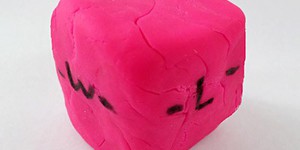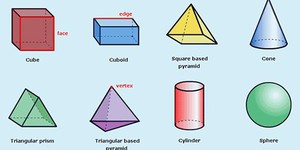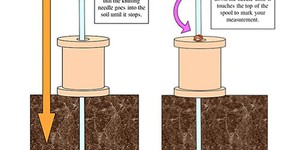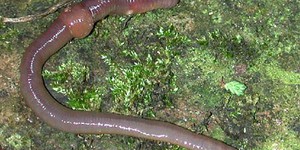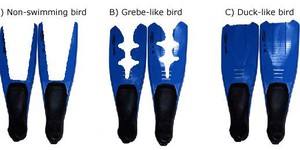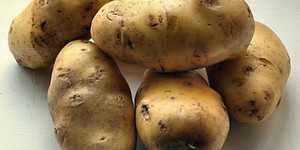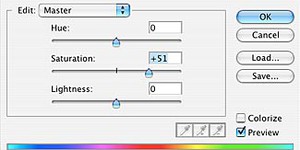Kindergarten Science Projects (56 results)
|
Select a resource
Coding Projects
Sort by
|
Have you ever had fun making different figures or colorful creations using some Play-Doh? You can squish and stretch a single piece of Play-Doh® to make all sorts of shapes. How does changing the shape of a piece of Play-Doh affect its volume? In this science project, you will find out by testing how changing a piece of dough's shape affects its dimensions (length, width, and height), and how these changes are related to the dough's volume.
Read more
In this project, you will make 2-dimensional templates, called nets, that fold up into 3-dimensional (3-D) shapes. By making shapes of different sizes, you will be able to see how 3-D shapes change with size. Which property (or aspect) will change the most: the length of an edge, the surface area, or the volume?
Read more
Have you ever had to dig a hole in really hard soil? It is a lot of work! In this science project you can make an instrument to test the soil and find out how compacted it is, before you dig!
Read more
Do you think worms are gross? Or that they are only good for birds or fish to eat? Well, in this zoology science project, you will find out that this lowly animal helps to put food on your table, too, by all the hard work that it does in the dirt. In this science project, you will discover in what kind of soil it likes to do its work. It is wiggly good fun!
Read more
Do you wish that you had duck feet? Aside from being a fun Dr. Seuss story, there is a lot you can learn about hydrodynamics by looking at the feet of birds. How are the feet of birds that swim unique? Find out in this experiment.
Read more
When you think of a machine, you probably think of computers or robots. But what if I told you that machines have been around for centuries? Would you believe me? Try this experiment to see which of these simple machines you use around your house. You might even use some of them everyday!
Read more
Humans are complex creatures, but do we have the biggest genome? All living things, from humans to worms to bacteria have genomes. In this experiment you will compare the genome sizes of different organisms to find out who has the smallest and the largest genomes. Where will we fit in?
Read more
French fries, hash browns, mashed potatoes with gravy, potato latkes, there are so many things to make with the humble potato. The potato is a tuber from the perennial plant Solanum Tuberosum of the Solanaceae family. There are actually about 5,000 varieties of potatoes, but most of them can be traced back to the original potato from southern Peru. This single ancestor originated more than 10,000 years ago. In addition to being high in vitamins and minerals, potatoes have a varying amount of…
Read more
Lively, vivid colors can add pizzazz and turn a dull photo into a work of art. Learn how changing the saturation levels of the colors in your photo can really make it pop!
Read more
If you've ever been on a long hike, you probably already know how hungry all that walking can make you. But if you're going a long distance, the last thing you want is a heavy pack of snacks on your back. So what can you bring along for a healthy, hunger-satisfying, lightweight snack? How about dried foods, like banana chips or beef jerky? Many foods have high water content. The drying process removes much of the water from the food, leaving behind a lighter, but equally nutritious snack. Just…
Read more
|

